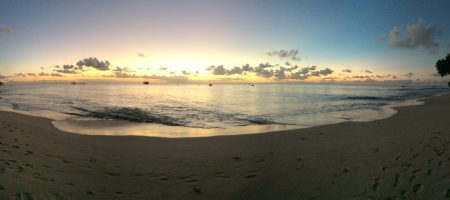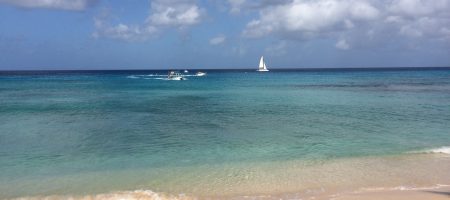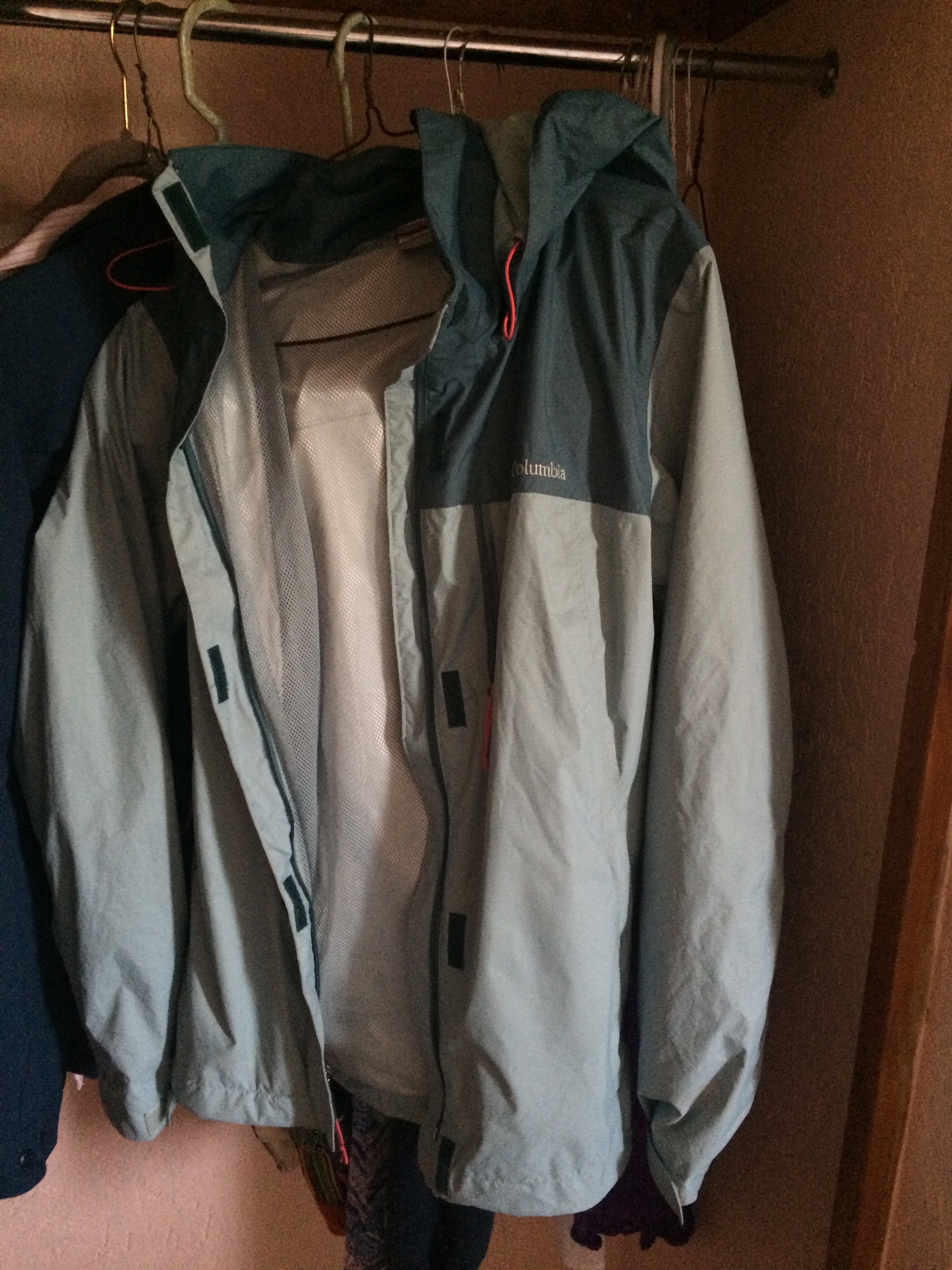Taiwan | Discovering Taiwan
By HAILEY MOTOOKA
I got off of the airplane having to pee badly. Like, very badly. I ran off the plane, through the gate, and into the nearest bathroom only to find out a) it was one of the squat toilets that basically resembles a hole in the ground and b) what the heck there was no toilet paper. If culture shock was a person, I had just been physically slapped in the face right then and there. So my first tip to any future travelers to Taiwan: buy your own toilet paper. Or, start practicing the “sit and shake” method because it really is a useful skill to have if you aren’t keen on carrying a roll in your bag.
你好(Hi), my name is Hailey Motooka. I am a third year majoring in Biology and minoring in Asian Languages and I am currently attending the National University of Taiwan (NTU). I wanted to write this blog so that I may share my story with anyone who is interested in studying abroad in Taiwan, or anyone interested in studying abroad at all. I was born and raised in Hawai’i on the most fantastic little island, Oahu, and (in my unbiased opinion) it is one of the best places in the world. However, since it is a pretty isolated place in the smack dab middle of the Pacific Ocean, exposure to people from various cultures is rather limited. For this reason, I am more than ecstatic to be able to spend a semester here in Taiwan and immerse myself in this unique environment.
Before I left for Taiwan, however, I had to do a lot of preparation. I’m about to go into some logistical boring stuff so bear with me, folks, because I’m required to talk about this. Here are the main items:
- Passport—Now, this may seem obvious but for those of you that do not have a passport, or need to renew your passport like I did, the process can take up to eight weeks so prepare in advance.
- Health Forms—If you are traveling through the UCEAP program, they go over in extensive detail how to complete these. However, just a heads up that the NTU health clearance form requires a physical as well as a chest x-ray, both of which can be completed at the Ashe Center or with your local physician.
- Visitors Visa—The process to get a visitor’s visa doesn’t take nearly as long as a passport (around 1-2 weeks), but it does require the following items:
- Passport
- Acceptance letter from the University
- Travel itinerary—both departure AND return date
- Two recent passport sized photos
- Bank statement
- Visa application itself
Another thing I had to do before I left was sign up for my classes. This was probably the most stressful part for me because there wasn’t a lot of information on how the process worked, and all I remember thinking was “how am I supposed to physically fight people for my classes like I do here at UCLA when the other students are an entire ocean away?” Like, I couldn’t even bribe people to hold my spot in the classes I needed. Thankfully, getting classes at NTU isn’t nearly as competitive as getting classes at UCLA. Also, there’s an entire week after school starts that allows you to add and drop classes in case you don’t get the classes you need during the first and second registration periods. So don’t worry, there’s no need for violence or bribing of any sort! The orientation during the first week of school is also very informative and almost all questions will be answered during that time.
Once my classes were picked, however, everything else is very simple and UCEAP does a great job of making sure that you are prepared for the trip. The only thing that I was worried about was whether or not I would be able to make friends. I came to Taiwan not knowing a single person, which thinking back on it was probably the best parts about coming here. But don’t get me wrong, the idea of having no friends freaked me out at first, especially when I stepped on campus, had no idea how to get to my dorm with all my suitcases, and no one to call or ask for help. Thankfully, when I asked a student walking by if he could point me in the right direction, not only was he able to speak English but he also helped me carry one of my suitcases. Shout out to Gino, you’re probably never going to read this but dude, you’re the real MVP. It turns out that most Taiwanese people, despite their shy demeanor, are incredibly nice and helpful and very accommodating towards foreigners.
The dorms that I’m currently living in are the Guo Ching dorms. Now, I’m not going to complain about my living situation because I already did that for the first two days I was here, but the other dorms, the ShuiYuan Prince dorms, located on the complete opposite side of campus are more ideal (in my opinion). At first I didn’t like the idea of sharing a bathroom and shower with a whole floor of people as if I was reverting back to freshman year all over again. Not to mention the fact that there’s only one–THAT’S RIGHT ONLY ONE—toilet paper roll that runs out every Wednesday and gets refilled every Monday. So yeah, investing in toilet paper is key. On the bright side, the Guo Ching dorms do have a laundry room on every floor, a 7/11 right outside, as well as a restaurant and gym on the basement floor. It’s also significantly cheaper than the ShuiYuan Prince dorms if finances are a concern.
Majority of international students are also assigned to the ShuiYuan dorms, so the atmosphere and dynamic between local and international students in the Guo Ching dorm is a bit different as well. It just means that you get to practice your Chinese more. But on the first day I moved in, the dorms were fairly empty so I decided to wander around the campus. Let me just tell you, the campus is absolutely stunning. One of the professors mentioned how she thought that National Taiwan University is one of the most beautiful universities in the world, and at the time, I remember thinking, “yikes, that’s bold you clearly have never been to UCLA”. However, as I meandered around the campus I stumbled upon beautiful ponds and greenhouses tucked away between buildings that are quite unlike any American university I have every been to before.

Eventually I got lost and ended up hopping onto a tour for international students. The tour was just ending so I didn’t really get an actual tour of the campus, per say, but it was here where I made my first friends. Most international students find themselves in the same boat in terms of not knowing anyone in Taiwan; so most people make an effort to put themselves out there. Like I said before, I was born and raised in Hawai’i so I was excited to travel and meet people from different places, but never in my life did I think I would become friends with people from Ghana, Croatia, Luxemburg, Australia, Spain, and so many other places that I am unable to point out on the globe mostly because my geography is lacking.
People say all the time that they want their study abroad experience to be “life changing”, and of course I do too. I mean, who doesn’t want to come back from the study abroad travels feeling like a changed person? But realistically, I don’t think my life will be completely turned around, and I don’t think I will arrive at some epiphany that the world is somehow a better place now that I have lived somewhere other than America for six months. However, I do think that I will learn a lot and–in the words of one of the greats, Kylie Jenner—2017 will be the year of just, like, realizing stuff. And I hope I do realize a lot of…stuff, and I hope to try new things and meet new people and explore new places and most importantly I hope that you all keep on reading because I promise, it only gets better from here.
Hailey Motooka studied abroad in Taipei, Taiwan, in Spring 2017: http://eap.ucop.edu/OurPrograms/taiwan/Pages/national_taiwan_univ.aspx










































 imes I even wear my bathing suit under my clothes and head down straight after class! I brought a one piece that I purchased in South Africa, and a two piece from Old Navy. Because I have very
imes I even wear my bathing suit under my clothes and head down straight after class! I brought a one piece that I purchased in South Africa, and a two piece from Old Navy. Because I have very





